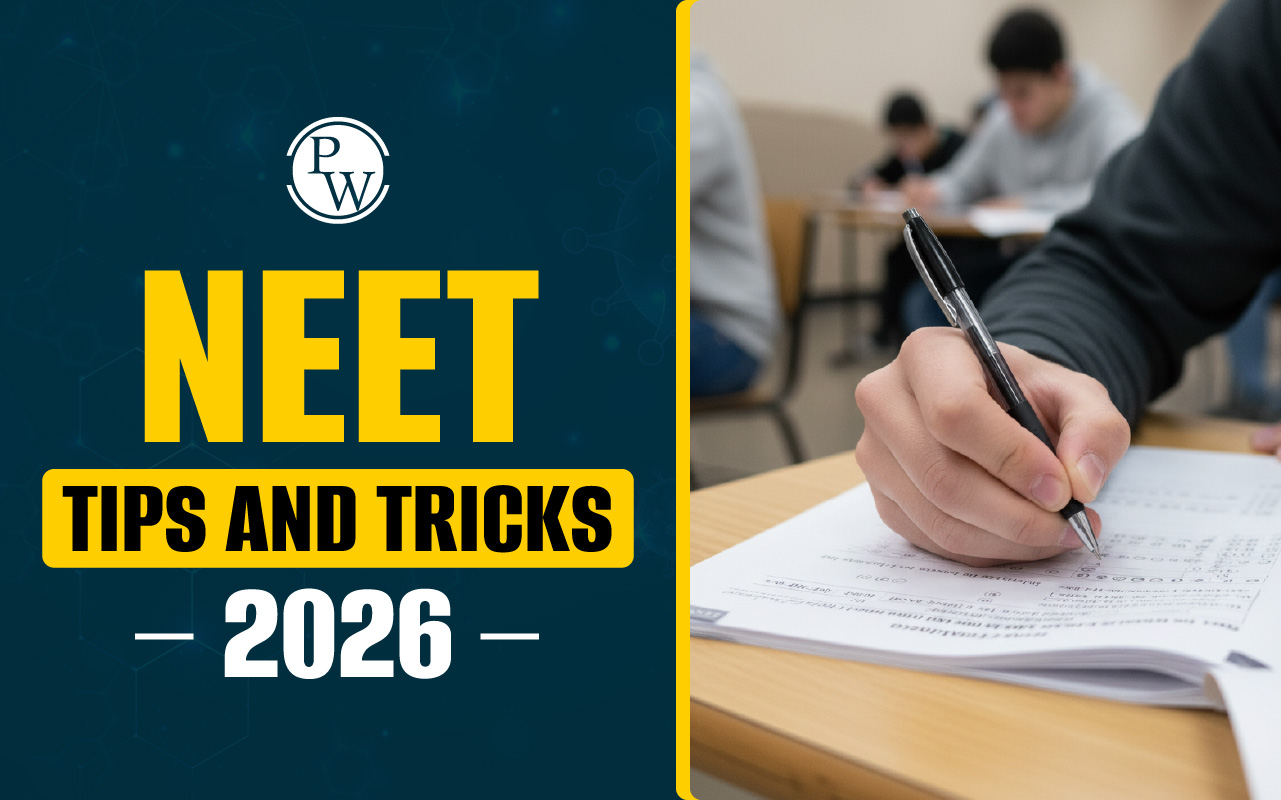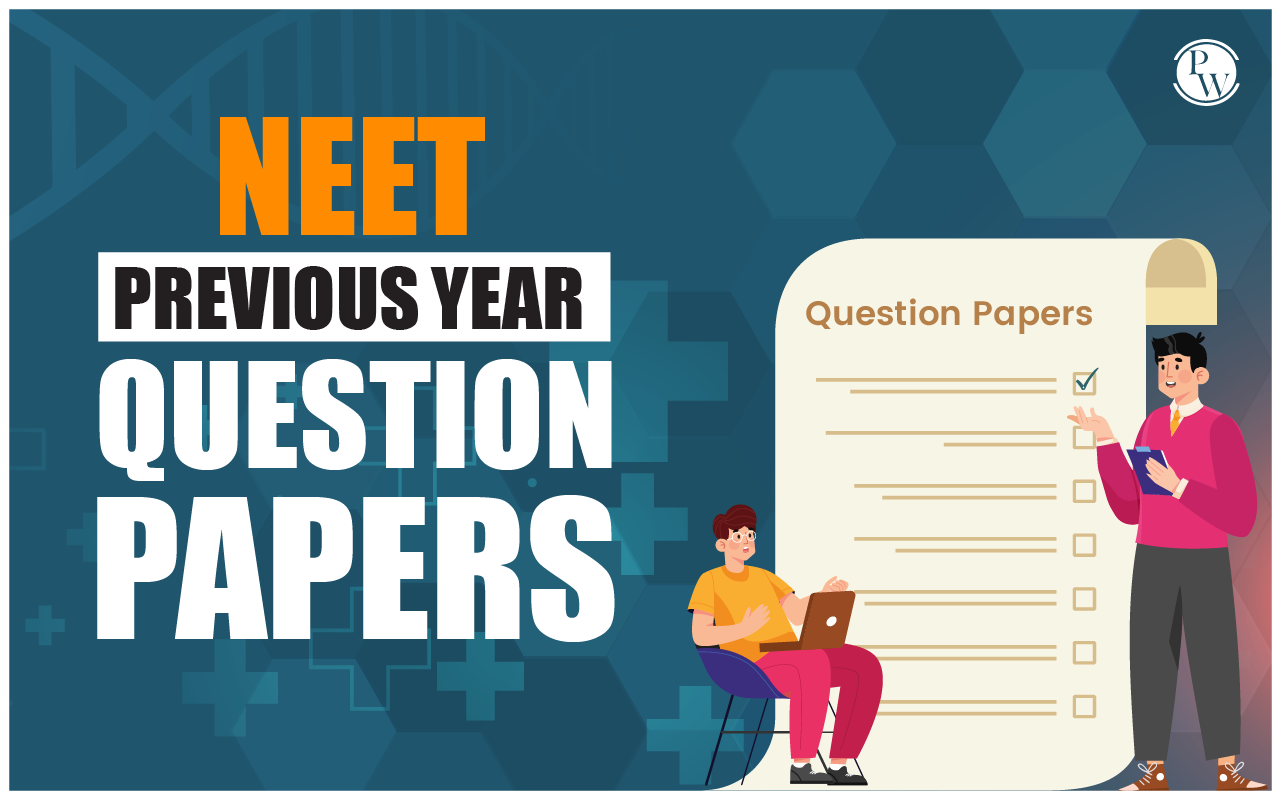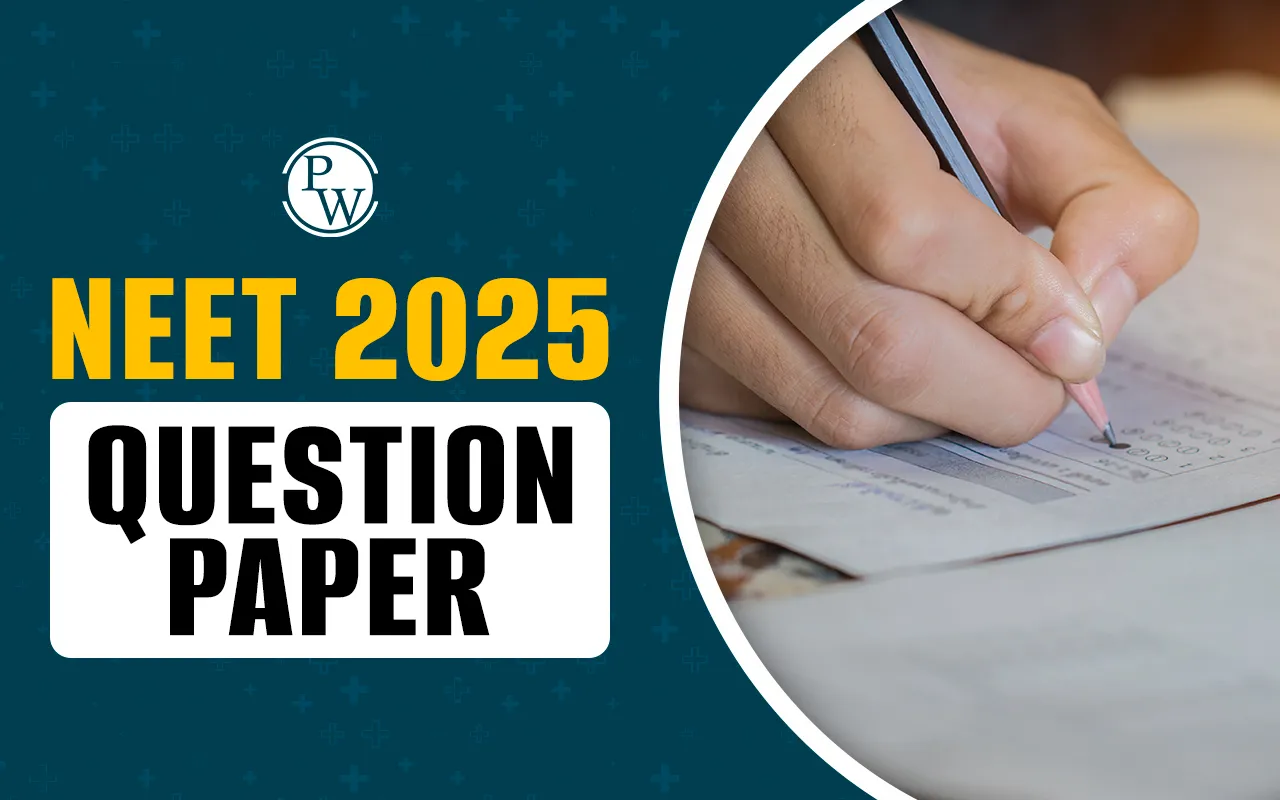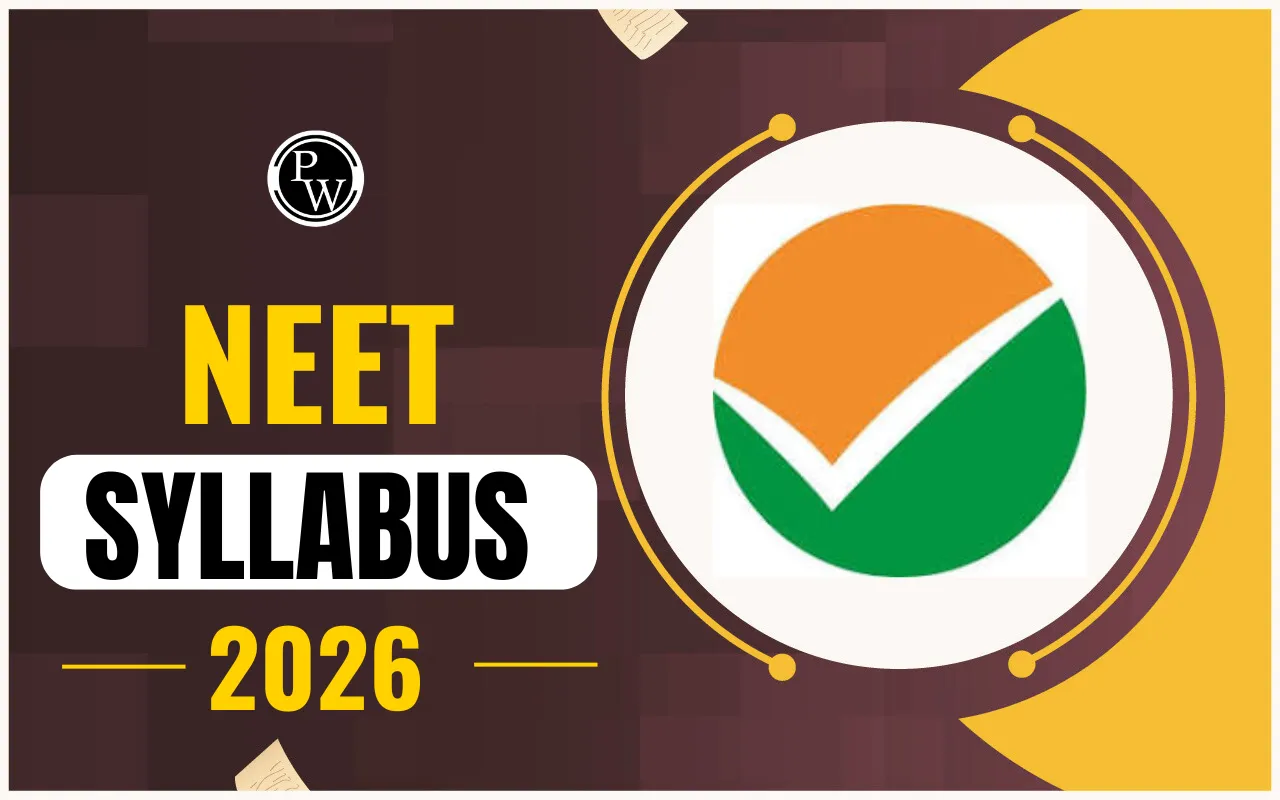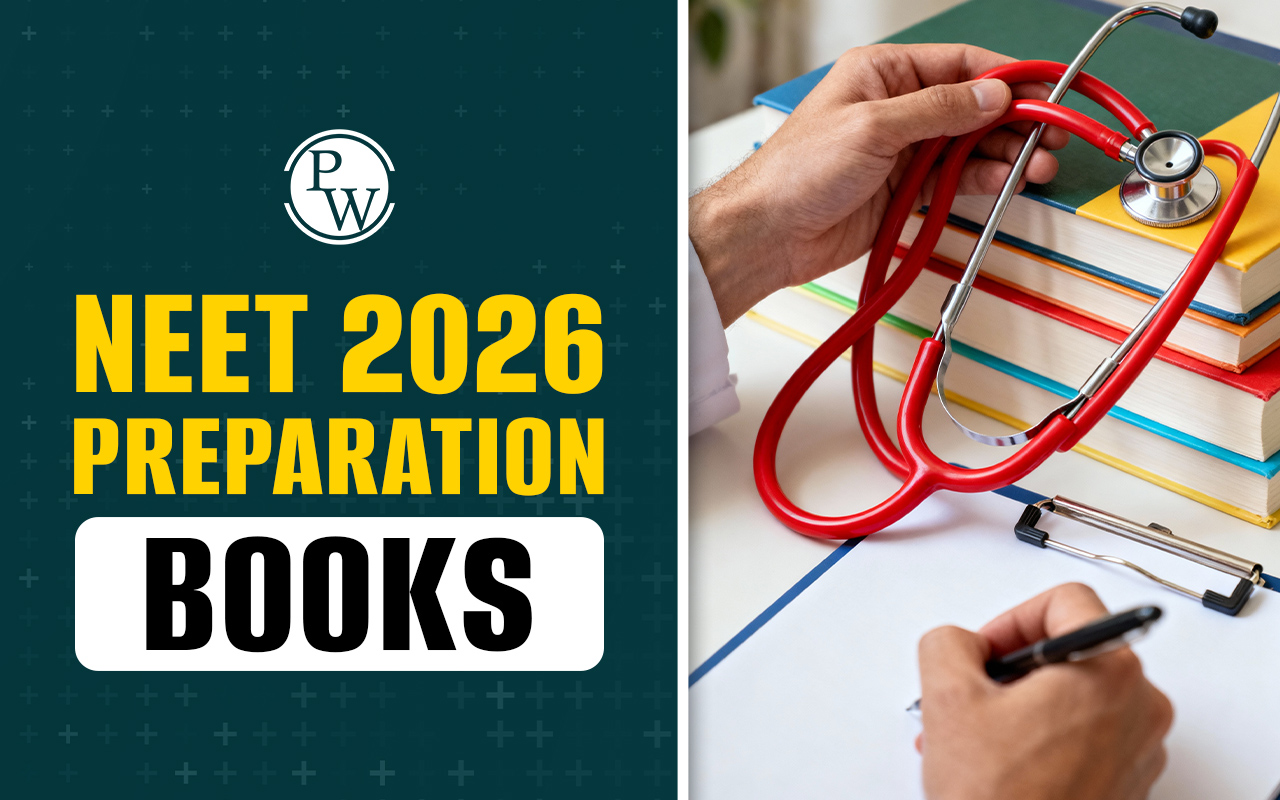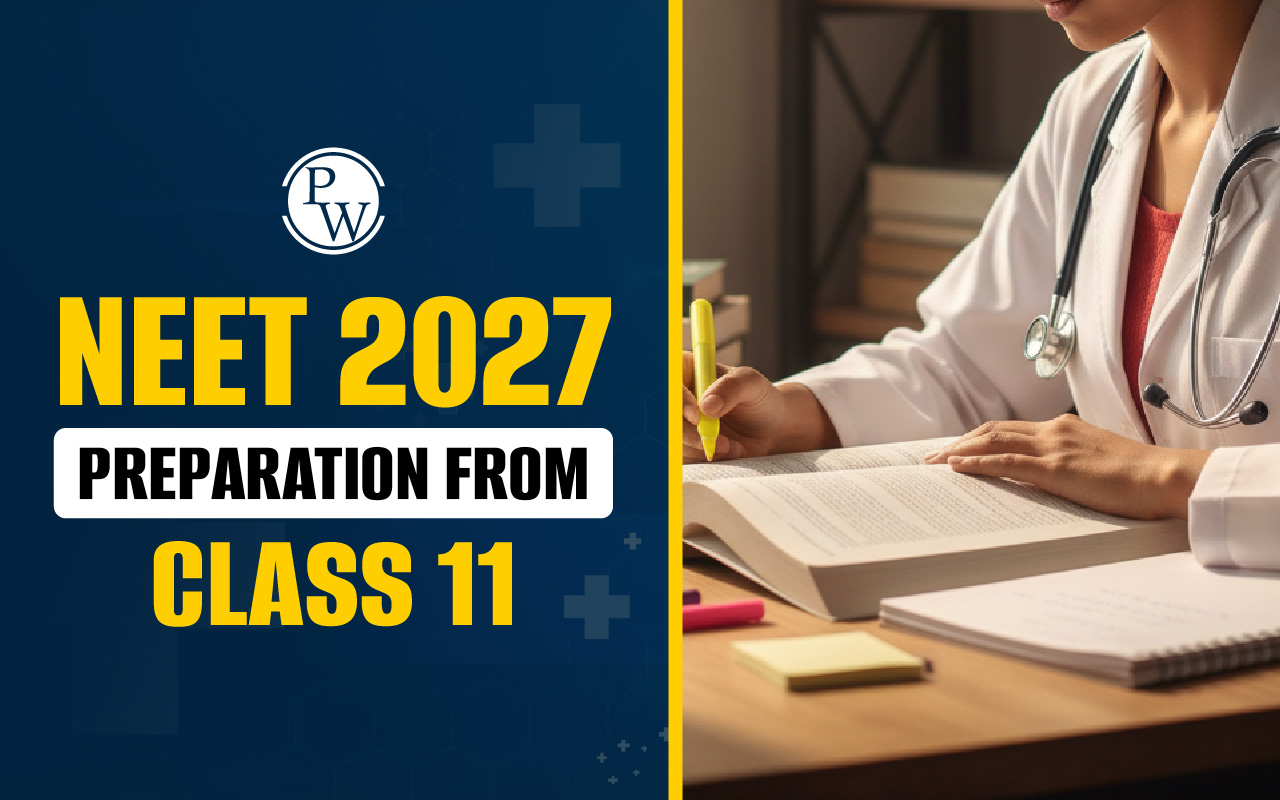
Excretory Products and Their Elimination MCQs: Excretory Products and Their Elimination is a very important part of the biology syllabus. It teaches us how our body gets rid of waste. To learn this chapter well, students should practice MCQs. These questions help you understand things better. MCQ practice is very helpful for the NEET exam, where you have to solve many questions quickly and correctly. Students can also read chapter-wise NEET notes and look at previous years’ questions. These are helpful to know the type of questions that come in exams.
Excretory Products and their Elimination MCQs Overview
Excretory Products and their Elimination explains what waste products are and how our body removes them. It talks about different organs in the human body that help in removing these wastes. The kidneys are the main organs that do this work. The kidneys clean the blood and make urine. This urine is stored in the bladder and later removed from the body.
It also tells us about other organs that help in excretion like the lungs, skin, and liver. Lungs remove carbon dioxide when we breathe out. The skin removes sweat. The liver breaks down old red blood cells and removes harmful substances. The chapter also teaches how animals like earthworms, insects, and flatworms remove waste using different organs.
Download Last 5 Years NEET Previous Year Question Papers PDF
Free NEET PYQ PDF
Excretory Products and their Elimination MCQs with Explanations
Here are some Excretory Products and their Elimination MCQs with explanation:
Q1 Brush border epithelium is characteristic of:
A. Bowman's capsule
B. collecting duct
C. proximal convoluted tubule
D. All of these
Answer: C. proximal convoluted tubule
Explanation: The proximal convoluted tubule has microvilli, forming a brush border that helps in reabsorption. This structure increases surface area.
Q2 Which structure of human excretory system is unpaired?
A. Kidney
B. Urinary bladder
C. Urethra
D. Both (B) & (C)
Answer: D. Both (B) & (C)
Explanation: Kidneys are paired, but the urinary bladder and urethra are single structures in the body, hence unpaired.
Q3 Uricotelic mode of excreting nitrogenous wastes is found in:
A. insects and amphibians
B. reptiles and birds
C. birds and annelids
D. amphibians and reptiles
Answer: B. reptiles and birds
Explanation: Reptiles and birds excrete nitrogen in the form of uric acid, which requires less water, making them uricotelic.
Q4 The given figure represents the malpighian body. Identify the labeled parts A to D and select the correct option.
|
(1) |
Efferent arteriole |
Afferent arteriole |
Bowman's capsule |
Proximal convoluted tubule |
|
(2) |
Afferent arteriole |
Efferent arteriole |
Renal corpuscle |
Proximal convoluted tubule |
|
(3) |
Afferent arteriole |
Efferent arteriole |
Bowman's capsule |
Proximal convoluted tubule |
|
(4) |
Afferent arteriole |
Efferent arteriole |
Bowman's capsule |
Distal convoluted tubule |
A. 1
B. 2
C. 3
D. 4
Answer: C. 3
Explanation: The correct labeling is: Afferent arteriole, Efferent arteriole, Bowman's capsule, and Proximal convoluted tubule.
Q5 Which part of the nephron helps in the conditional reabsorption of sodium ions?
A. DCT
B. PCT
C. Henle's loop
D. Renal corpuscle
Answer: A. DCT
Explanation: The distal convoluted tubule (DCT) helps in selective reabsorption of sodium ions under hormonal control.
Q6 On an average, how much urea is excreted out per day by an adult human?
A. 25-30gm
B. 15-20gm
C. 35-40gm
D. 40-45gm
Answer: B. 15-20gm
Explanation: A healthy adult human excretes about 15–20 grams of urea daily through urine.
Q7 Which one of the following is a vasodilator?
A. Atrial Natriuretic Factor
B. Antidiuretic hormone
C. Angiotensin-II
D. Aldosterone
Answer: A. Atrial Natriuretic Factor
Explanation: ANF dilates blood vessels and reduces blood pressure by promoting sodium and water excretion.
Q8 Micturition is:
A. removal of fecal matter
B. removal of sweat
C. removal of urea
D. removal of urine
Answer: D. removal of urine
Explanation: Micturition is the process of expelling urine from the bladder through the urethra.
Q9 Read the following statements (I-V). Which of the above statements are incorrect?
A. I and II only
B. II, III and IV only
C. III, IV and V only
D. I, III and V only
Answer: D. I, III and V only
Explanation: Urine pH is about 6, not 9. Aldosterone does not activate adrenal cortex. Human urine is not 10 times more concentrated than filtrate.
Q10 Given below are two statements. Choose the most appropriate answer:
A. Statement I is correct but Statement II is incorrect
B. Statement I is incorrect but Statement II is correct
C. Both Statement I and Statement II are correct
D. Both Statement I and Statement II are incorrect
Answer: C. Both Statement I and Statement II are correct
Explanation: About 99% of filtrate is reabsorbed, and glomerular blood vessels are covered by podocytes.
Q11 Kidneys are reddish brown, bean-shaped structures situated between the levels of thoracic and lumbar vertebrae.
A. A-11th, B-1st
B. A-12th, B-3rd
C. A-10th, B-3rd
D. A-12th, B-5th
Answer: D. A-12th, B-5th
Explanation: Kidneys lie between the 12th thoracic and 5th lumbar vertebrae in the abdominal cavity.
Q12 Protonephridia are primarily concerned with ionic and fluid volume regulation in:
A. earthworm
B. prawn
C. cockroach
D. Amphioxus
Answer: D. Amphioxus
Explanation: Protonephridia are excretory structures seen in lower invertebrates like Amphioxus.
Q13 Which one of the following statements is incorrect?
A. The medullary zone of kidney is divided into a few medullary pyramids projecting into calyces
B. Inside the kidney, the cortical region extends in between the medullary pyramids as renal pelvis
C. Glomerulus along with Bowman's capsule is called as renal corpuscle
D. Renal corpuscle, PCT and DCT of the nephron are situated in the cortical region of kidney
Answer: B. Inside the kidney, the cortical region extends in between the medullary pyramids as renal pelvis
Explanation: The part extending between pyramids is renal column, not renal pelvis.
Q14 Given below are two statements. Choose the most appropriate answer:
A. Statement I is correct but Statement II is incorrect
B. Statement I is incorrect but Statement II is correct
C. Both Statement I and Statement II are correct
D. Both Statement I and Statement II are incorrect
Answer: B. Statement I is incorrect but Statement II is correct
Explanation: Cortical nephrons have short loops; glomerular blood pressure drives filtration.
Q15 Dialysing fluid has the same composition as that of:
A. plasma except nitrogenous wastes
B. blood except clotting factors
C. lymph except proteins
D. plasma along with nitrogenous wastes and heparin
Answer: A. plasma except nitrogenous wastes
Explanation: Dialysis fluid mimics plasma but does not contain waste products like urea or creatinine.
Join PhysicsWallah's online NEET coaching and make your journey simple and clear. Learn from trusted teachers, follow easy-to-understand lessons, and study at your own pace from home.
Excretory Products and Their Elimination MCQs FAQs
What are 5 excretory products?
What are the human excretory systems and their elimination?
What is the removal of excretory products?
What is excretory product and its elimination?
Q5. What are the 7 functions of the excretory system?


